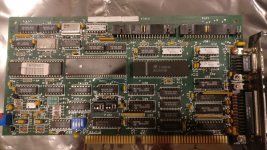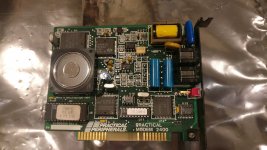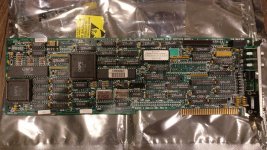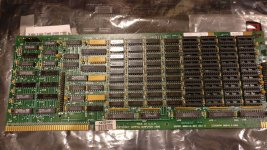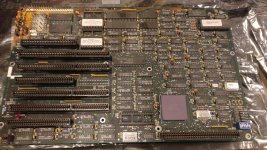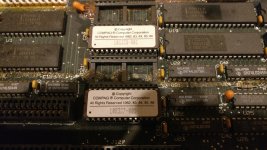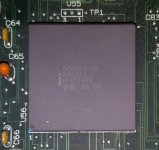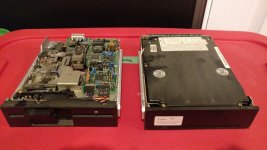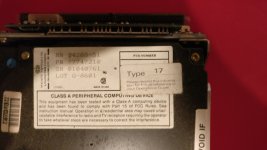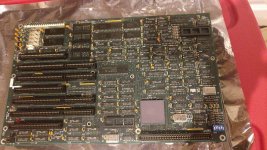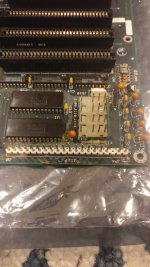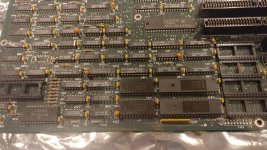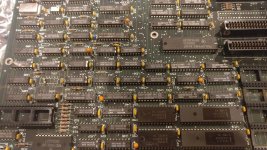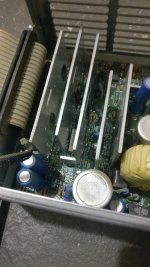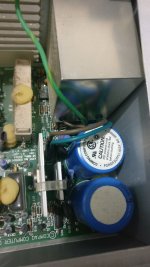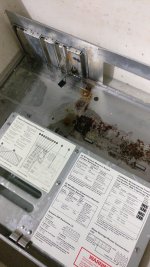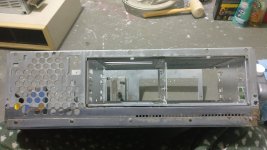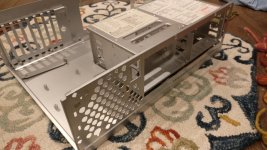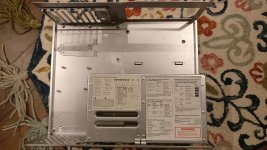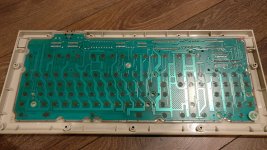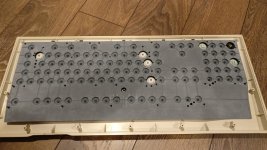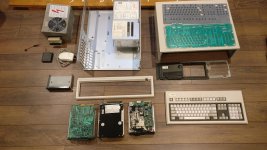AndyM1981
Experienced Member
Hello All,
This is a thread that I've been hoping to make for a long time now, so hopefully we can all have some fun with it.
I've been searching for a Deskpro 386 for a while now. It's a very important machine from a historical perspective and has been something of a Holy Grail for me for a few years now. They don't pop up very often, and the early model especially are as rare as hens teeth. So imagine my surprise a couple of weekends ago when a saved Ebay search turned up an original Deskpro 386 and it was still available when I clicked on the link. The machine was untested which is obviously a risk, and only had pictures of the outside case, however the price was very good and the shipping to Canada wasn't completely insane, so I closed my eyes and went for it. It also came with the operations guide which was a nice bonus.
It arrived far earlier than expected and was well packed in double boxes with lots of peanuts between them and foam and bubble packing surrounding the machine, so points for that. I quickly unpacked it to take a look and was happy with the initial impression.

Opening the machine up also looked good.
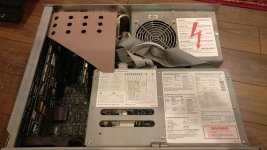
However closer inspection revealed some troubling signs with corrosion all along the bottom of the case in the front. Derp.....
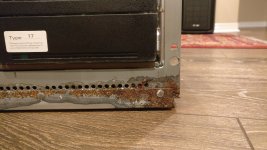

My fear of course was that the lithium battery had vomited its contents all over the inside of the PC and corroded the motherboard out of existence. I quickly grabbed a light and looked around the back of the case to see what I would find there. Needless to say my heart sank when I saw what had happened. Double derp.....
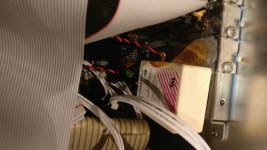
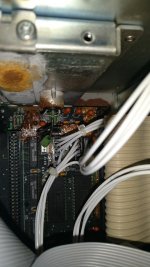
The immediate thoughts of course were that the computer is toast, but seeing as I've been looking for this machine for a long time I thought let's close the eyes again and plow ahead to see what we can make of this thing. So I removed the battery and got to work. I hope you'll enjoy taking this journey with me. :D
Next time.....disassembly.
This is a thread that I've been hoping to make for a long time now, so hopefully we can all have some fun with it.
I've been searching for a Deskpro 386 for a while now. It's a very important machine from a historical perspective and has been something of a Holy Grail for me for a few years now. They don't pop up very often, and the early model especially are as rare as hens teeth. So imagine my surprise a couple of weekends ago when a saved Ebay search turned up an original Deskpro 386 and it was still available when I clicked on the link. The machine was untested which is obviously a risk, and only had pictures of the outside case, however the price was very good and the shipping to Canada wasn't completely insane, so I closed my eyes and went for it. It also came with the operations guide which was a nice bonus.
It arrived far earlier than expected and was well packed in double boxes with lots of peanuts between them and foam and bubble packing surrounding the machine, so points for that. I quickly unpacked it to take a look and was happy with the initial impression.

Opening the machine up also looked good.

However closer inspection revealed some troubling signs with corrosion all along the bottom of the case in the front. Derp.....


My fear of course was that the lithium battery had vomited its contents all over the inside of the PC and corroded the motherboard out of existence. I quickly grabbed a light and looked around the back of the case to see what I would find there. Needless to say my heart sank when I saw what had happened. Double derp.....


The immediate thoughts of course were that the computer is toast, but seeing as I've been looking for this machine for a long time I thought let's close the eyes again and plow ahead to see what we can make of this thing. So I removed the battery and got to work. I hope you'll enjoy taking this journey with me. :D
Next time.....disassembly.

